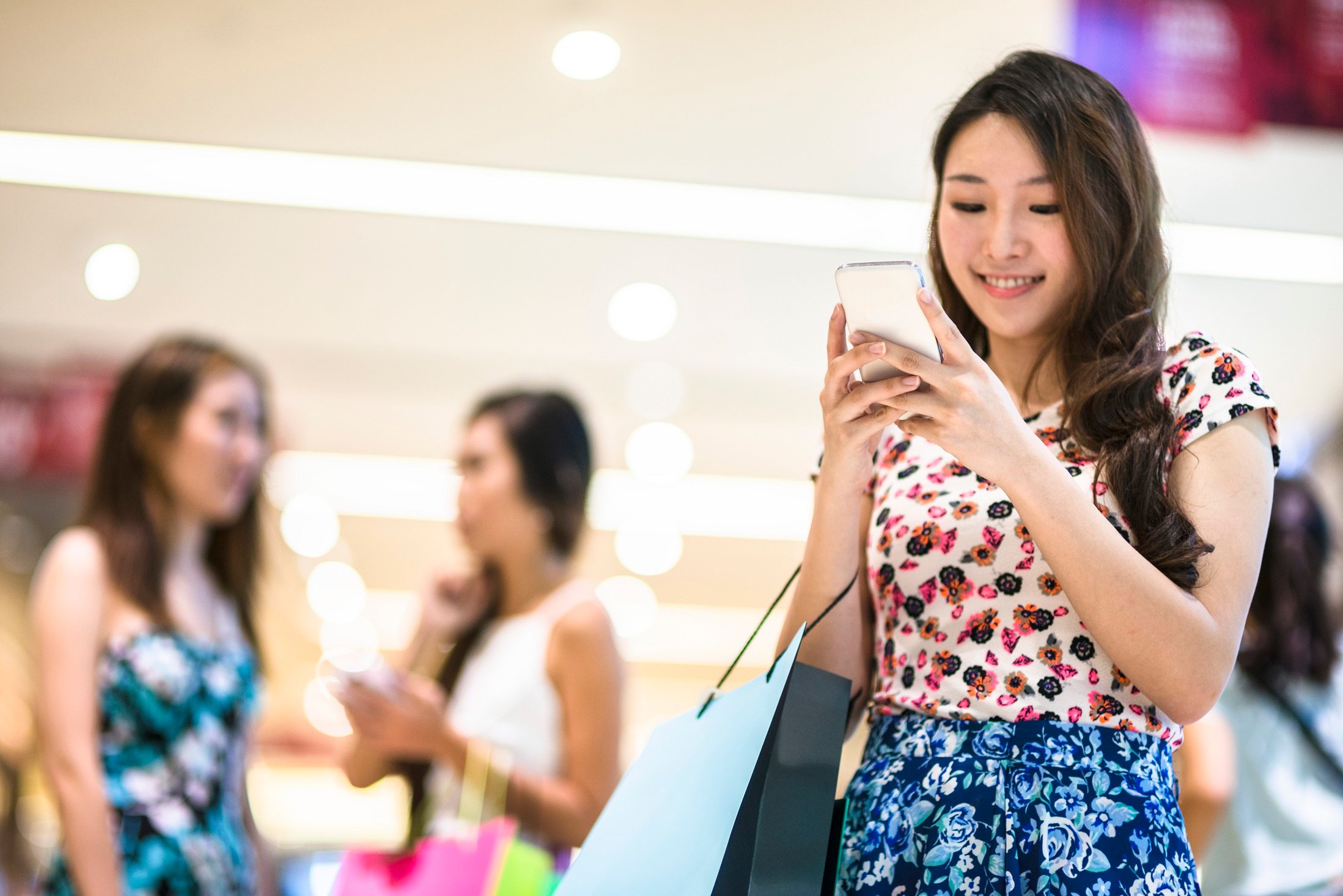In all the hoopla over Apple’s launch of the iPhone 8 and the iPhone X, it was easy to miss this simple – but potent – announcement: Apple Stores are being rebranded as “Town Squares” and new stores will be designed as places for community gathering and education.
The stores will offer coding lessons for kids, outdoor spaces and boardrooms for local entrepreneurs. The goal is to create a place where people can "relax, meet up with friends, or just listen to a local artist on the weekends," senior vice president of retail, Angela Ahrendts, told the audience at the company’s annual keynote event last week.
Critics – and make no mistake, there are detractors – may call it a “branding fantasy,” but a marketing strategy designed to drive face-to-face consumer conversations has real economic power.
CEO Tim Cook observed that “Apple retail has always been about more than selling. It’s about learning, inspiring and connecting with people.” Indeed, around the time Steve Jobs passed away in 2011, his biographer Walter Isaacson wrote that retailing was one of seven industries he revolutionized (the other six being personal computers, animated movies, music, phones, tablet computing, and digital publishing).
One of Jobs’ great accomplishments was making Apple stores a center of consumer conversations — those that happened on premise, as well as the stories of a great shopping experience shared later, at the water cooler or over the kitchen table. This was not an accident.
As Isaacson explains, Jobs realized in 2000 that for Apple to be successful, it needed to have a way to communicate directly with customers, and the best (and really only) way to do that was within retail stores.
Apple’s Retail Effect: More Buzz, More Sales
It was not just conversation between Apple’s employees and customers that mattered, however. “In July 2011, a decade after the first ones opened, there were 326 Apple stores,” recounts Isaacson. While they proved to be very successful from a sales perspective, “the stores did even more. They directly accounted for only 15 percent of Apple’s revenues, but by creating buzz and brand awareness they indirectly helped boost everything the company did.”
It’s an approach that other brands can leverage to increase sales. Retail stores play a big role in generating conversations about beverages, food, household products, and consumer electronics. Five percent of all brand conversations occur inside stores. Though not a very large percentage, this is a very large volume, with consumers exposed to in-store conversations some 750 million times per week.
The benefits of a word-of-mouth marketing strategy focused on the retail environment are significant. First, brand conversations that take place in a store are by far the most likely to have active recommendations to buy or try the brand being discussed. Second, these conversations have the highest levels of purchase intent.
What Drives In-Store Conversations
For brands to create in-store conversations, though, they need to develop an understanding of what sparks them.
Product packaging drives some conversations, while in-store displays or videos spark others. Sometimes, it’s just people shopping together and talking about the relative merits of one brand versus another, or about which brands are offering deals that day and are therefore worth buying. For example, Costco, which led our recent ranking of the top big box stores for social influence, creates a positive in-store experience with a consistent focus on wholesale prices and quality merchandise.
But retail is also a place where people can see and sometimes sample products that excite them. They can share their excitement with friends or family in the store. This is the key to Apple’s highly successful retail stores. They’re not just places to shop and buy, but also places to experience Apple products and get caught up in the emotional energy that seems to compel visitors to talk to one another.
One new retailing trend seems custom-made for driving such conversations: the showroom. These environments, where shoppers make appointments to view merchandise and work directly with a salesperson, are ideal for sparking consumer conversations. As PwC points out in its 2017 Retail Trends report, showrooms have the potential to improve the customer experience while also being economical for retailers.
Over its history, Apple consistently has prioritized offline conversation over social media, and retail has been a key part of that strategy. But the rebranding of their new stores to Town Squares is an especially smart move. By focusing on community, Apple may set itself up to dominate real-life conversations in the category for a long time to come.





